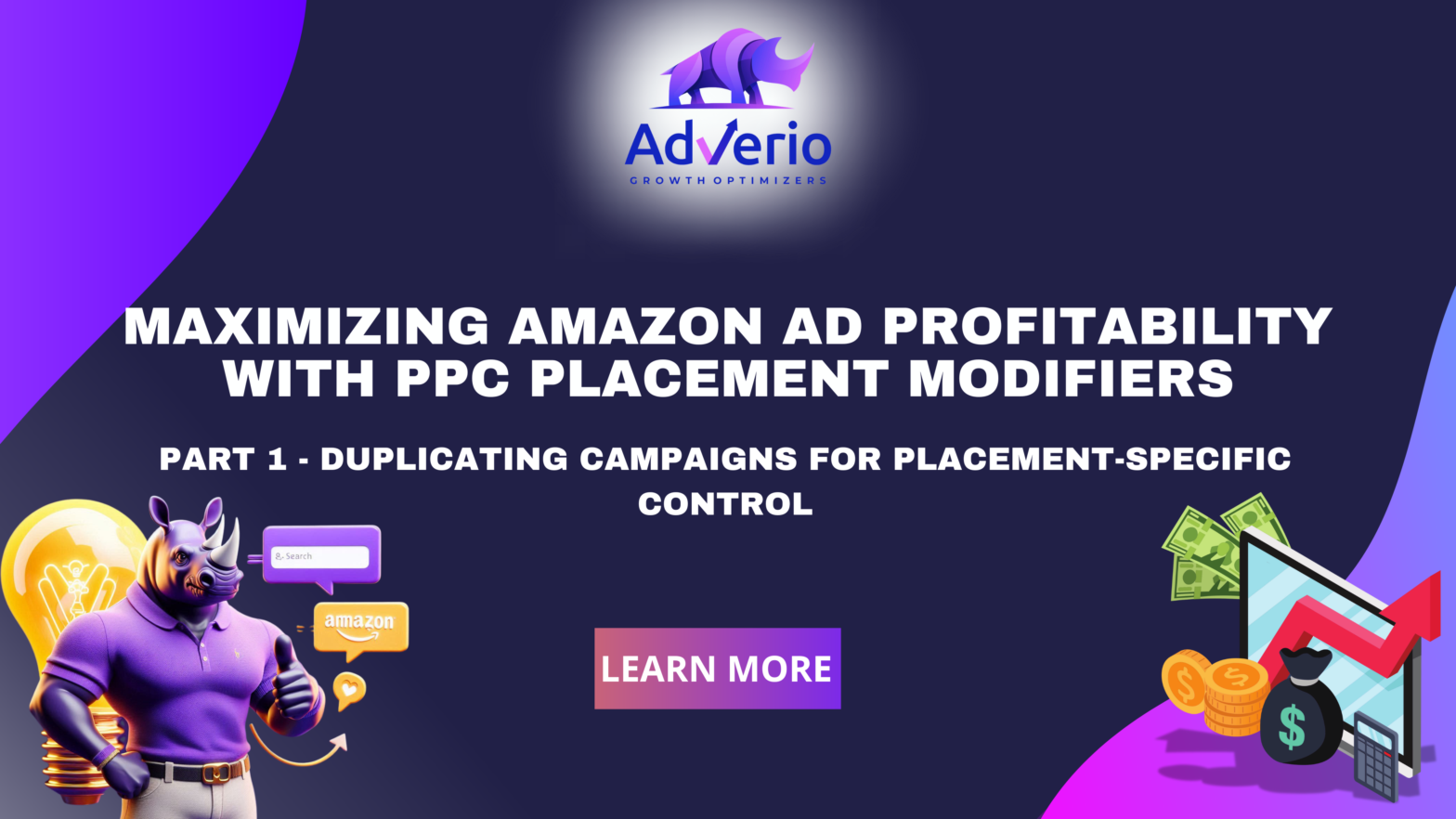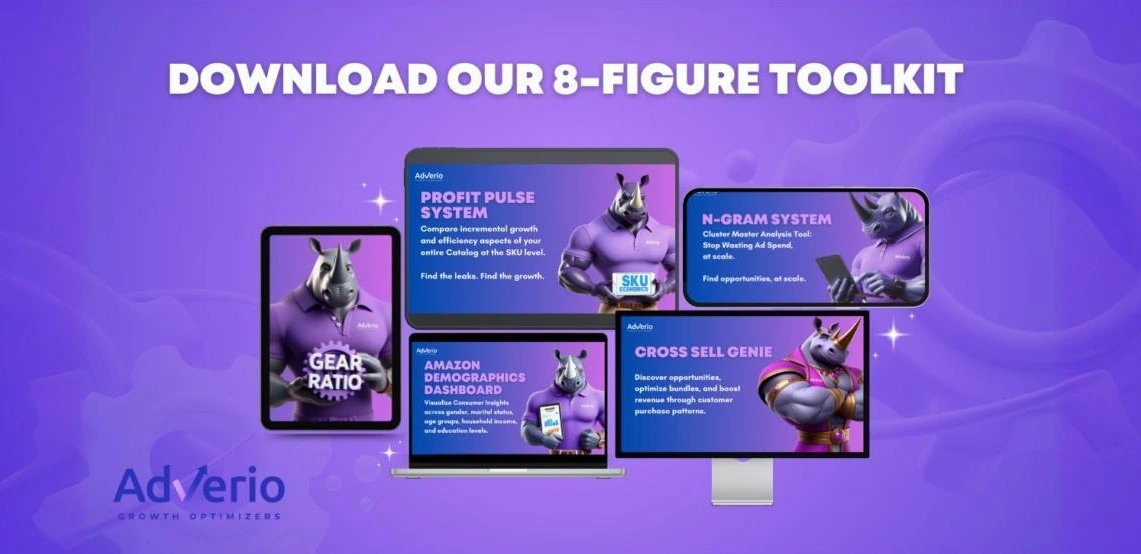Wasting ad dollars on Amazon is a common and costly issue for mid-sized sellers. You might be paying for clicks that never convert, leading to a significant drain on your budget without meaningful sales results. A large portion of this wasted spend is often the result of poorly optimized ad placements.
If you’ve ever been frustrated by high ACOS (Advertising Cost of Sale) despite targeting high-converting keywords, the culprit may be Amazon’s placement strategy. The good news is, there’s a solution that allows you to regain control over where your ads appear, maximizing efficiency and minimizing waste.
In this first part of our series, we’ll explore why poor placement strategies are costing you and introduce an innovative method: duplicating campaigns for placement-specific control.
Main Points
-
The Pains of Poor Placement
Amazon offers limited control over where your ads appear. The default settings place your ads across three main areas: Top of Search, Rest of Search, and Product Pages. This “one-size-fits-all” approach may seem convenient, but it’s costing sellers. Here are the key pain points of using the default placements:
- Budget Bleed: The most significant issue arises from low-converting placements, such as Product Pages, where click-through rates (CTR) are typically 10 times lower than at Top-of-Search. If a large portion of your budget is allocated to these placements, you’re essentially paying for impressions and clicks that won’t lead to sales.
- Sky-High ACOS: Amazon’s default placement settings do not distinguish between high- and low-performing spots. While top-of-search placements usually have the highest conversion rates, other placements like Product Pages can siphon your budget, causing your ACOS to rise sharply. This unbalanced spend directly impacts profitability.
- Limited Control: Amazon’s campaign settings provide only minimal control over where your ads show. You can apply general bid adjustments for Top-of-Search and Product Pages, but you can’t fully isolate placements. So, when you raise bids to capture more prominent positions, your ad might still appear on less profitable placements, making it impossible to optimize fully.
- Placement Blind Spots: Even if you have access to placement performance data, it’s hard to act on it efficiently. Amazon’s placement reports tell you which areas are underperforming, but in a single campaign, you cannot pause or optimize specific placements independently. This results in wasted spend that’s difficult to stop.
-
A Breakthrough Strategy: Duplicating Campaigns for Placement-Specific Adjustments
The traditional “one campaign for all placements” approach doesn’t provide enough granular control. That’s where the idea of duplicating campaigns for placement-specific optimization comes in. Here’s the breakthrough:
- Duplicating campaigns means creating multiple versions of the same campaign, each optimized for a specific placement. For example, one campaign could be focused entirely on Top-of-Search, while another is dedicated to Product Pages. This strategy gives you full control over how much of your budget goes toward each placement, allowing you to allocate funds more effectively.
- How it works: By creating two campaigns with identical product targeting and keywords, you can set different bid multipliers for each placement. One campaign can chase high-conversion placements (like Top-of-Search) aggressively, while the other focuses on a different placement, such as Product Pages. This segmentation allows you to optimize each placement independently for better control over your ad spend and a more efficient approach to increasing your ROAS (Return on Ad Spend).
Conclusion
In this first part, we’ve discussed how poor placement control can lead to wasted ad spend and higher ACOS. By duplicating campaigns and focusing each one on a specific placement, you can regain control and optimize your budget for better performance. In Part 2, we’ll dive deeper into how you can structure these campaigns for maximum effectiveness and set the right bid multipliers to get the most out of each placement.





























